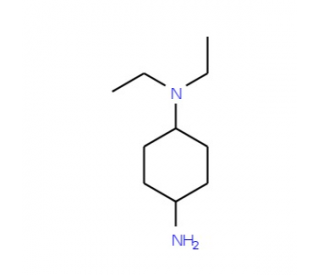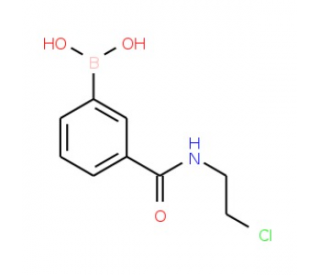详细说明
Species Reactivity
Human
Specificity
Detects human LAT in direct ELISAs.
Source
Monoclonal Mouse IgG 2B Clone # 661002
Purification
Protein A or G purified from hybridoma culture supernatant
Immunogen
E. coli-derived recombinant human LAT
His30-Gln113
Accession # O43561Formulation
Lyophilized from a 0.2 μm filtered solution in PBS with Trehalose. *Small pack size (SP) is supplied as a 0.2 µm filtered solution in PBS.
Label
Unconjugated
Applications
Recommended
ConcentrationSample
Western Blot
0.1 µg/mL
See below
Flow Cytometry
2.5 µg/10 6 cells
See below
CyTOF-ready
Ready to be labeled using established conjugation methods. No BSA or other carrier proteins that could interfere with conjugation.
Please Note: Optimal dilutions should be determined by each laboratory for each application. are available in the Technical Information section on our website.
Data Examples
Western Blot | Detection of Human LAT by Western Blot. Western blot shows lysates of Jurkat human acute T cell leukemia cell line and MOLT‑4 human acute lymphoblastic leukemia cell line. PVDF Membrane was probed with 0.1 µg/mL of Human LAT Monoclonal Antibody (Catalog # MAB63341) followed by HRP-conjugated Anti-Mouse IgG Secondary Antibody (Catalog # ). A specific band was detected for LAT at approximately 40 kDa (as indicated). This experiment was conducted under reducing conditions and using . |
Flow Cytometry | Detection of LAT in Human PBMCs by Flow Cytometry. Human peripheral blood lymphocytes were stained with Human LAT Monoclonal Antibody (Catalog # MAB63341) followed by Allophycocyanin-conjugated Anti-Mouse IgG Secondary Antibody (Catalog # ) and Human CD3 epsilon PE-conjugated Monoclonal Antibody (Catalog # ). Quadrant markers were set based on control antibody staining (Catalog # ). |
Preparation and Storage
Reconstitution
Sterile PBS to a final concentration of 0.5 mg/mL.
Shipping
The product is shipped at ambient temperature. Upon receipt, store it immediately at the temperature recommended below. *Small pack size (SP) is shipped with polar packs. Upon receipt, store it immediately at -20 to -70 °C
Stability & Storage
Use a manual defrost freezer and avoid repeated freeze-thaw cycles.
12 months from date of receipt, -20 to -70 °C as supplied.
1 month, 2 to 8 °C under sterile conditions after reconstitution.
6 months, -20 to -70 °C under sterile conditions after reconstitution.
Background: LAT
LAT (Linker for activation of T cells; also pp36) is a 36-38 kDa type III (no signal sequence; extracellular N-terminus) transmembrane adaptor phosphoprotein. It is expressed on mast cells, NK cells, monocytes (but not macrophages), platelets and T cells. LAT is phosphorylated upon ligation of the TCR, GPVI, and Fc epsilon RI, and serves as an anchor for several SH2-domain containing signaling proteins, including PLCg1, SLP76 and Grb2. Human LAT is 262 amino acids (aa) in length. It contains a four aa extracellular segment with a 235 aa cytoplasmic domain (aa 28-262). Palmitoylation occurs on Cys26 and 29. There are 13 Ser/Thr phosphorylation sites plus five Tyr sites. Multiple potential splice variants are reported. There is an alternative start site 36 aa upstream of the standard site that may be accompanied by a deletion of aa 114-142. There is also a deletion of aa 88-97, and three substitutions: two aa for aa 215-262, 38 aa for aa 55-262, and 50 aa for aa 35-262. Over aa 30-113, human LAT shares 73% aa identity with mouse LAT.
Long Name:
Linker for Activation of T cells
Entrez Gene IDs:
27040 (Human); 16797 (Mouse); 81511 (Rat)
Alternate Names:
36 kDa phospho-tyrosine adapter protein; LAT; LAT1,36 kDa phospho-tyrosine adaptor protein; linker for activation of T cells; linker for activation of T-cells family member 1; p36-38; pp36










 粤公网安备44196802000105号
粤公网安备44196802000105号